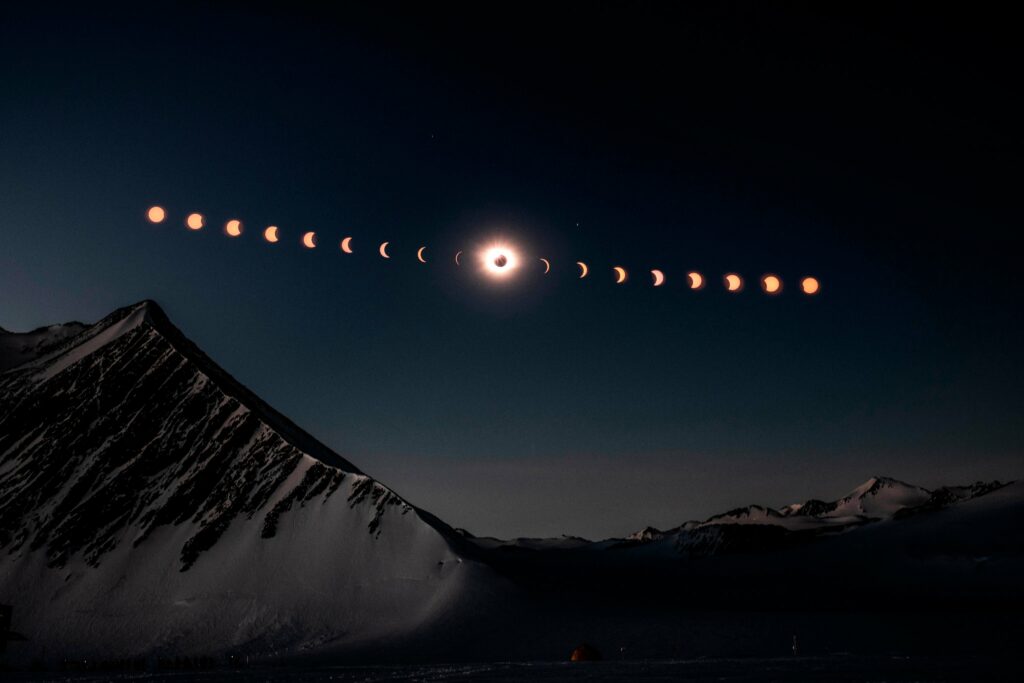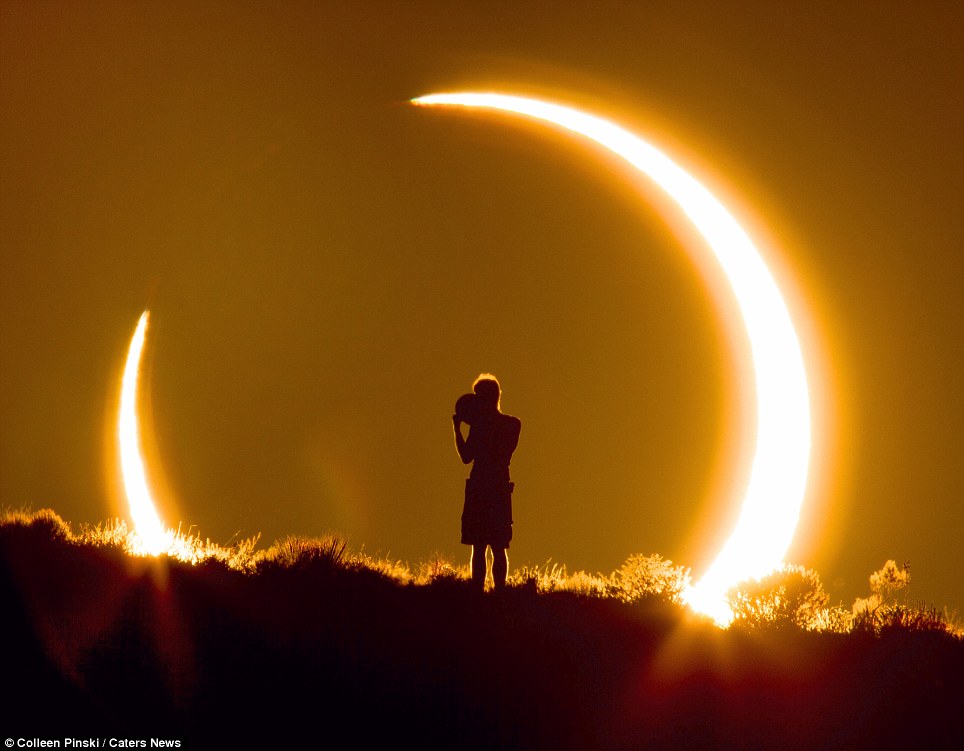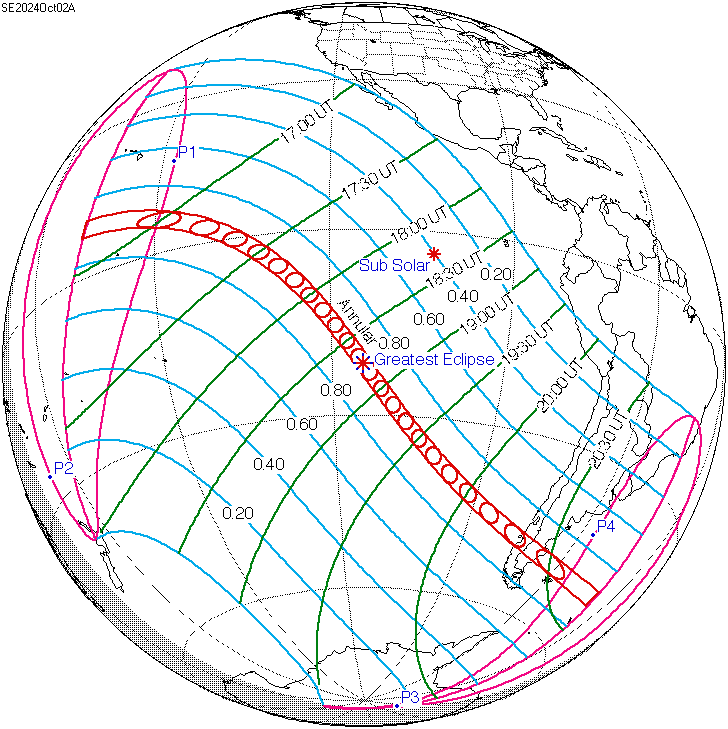On October 2, an annular solar eclipse will be observed on Earth. The rare celestial phenomenon will be broadcast on the Internet.
What is an annular solar eclipse
When talking about solar eclipses, we usually imagine a spectacular sight when the Moon completely covers the disk of the Sun. As a result, the upper layers of our star’s atmosphere, called the corona, are observed for a few minutes.

But this happens far from always. First, the total phase of the eclipse is observed only in a relatively narrow band with a width of a couple of hundred kilometers, while beyond this band, the Moon only partially covers the solar disk. Second, in general, not all eclipses are in total phase. And thirdly, the Moon sometimes covers the Sun — but its size is not enough to completely hide its disk. As a result, a ring of fire appears in the sky. Such eclipses are called annular eclipses.

Ring-shaped eclipses occur since the distance between the Earth and the Moon varies between 362,000 and 406,000 kilometers. When our planet’s moon passes the apogee of its orbit, the diameter of its disk in the Earth’s sky is 14% smaller than when it is at perigee. It is difficult for the human eye to see the difference, but it is enough to determine whether the eclipse will be total or annular.
Live broadcast of the annular eclipse
The eclipse, which will be observed on October 2, will be exactly ring-shaped. On this day, the Moon will pass the apogee of its orbit and therefore will not be able to close the Sun completely. So there will be a ring of fire in the sky.
The eclipse will begin at 03:42 p.m. UTC. The eclipse band will pass mainly along the Pacific Ocean, and the maximum phase can be observed on land only in the south of South America. It will be reached at 06:45 p.m. UTC. The event will be broadcast live on the Internet.

It should be noted that annular eclipses represent a kind of window into the future. As we know, the Moon moves away from our planet by about 3.8 cm per year. Because of this, its visible size in the sky will decrease so much in about 600 million years that it will no longer be possible to see a total eclipse from Earth, and all of them will become either partial or annular.
You can learn about other upcoming celestial events of October 2024 from this material.


